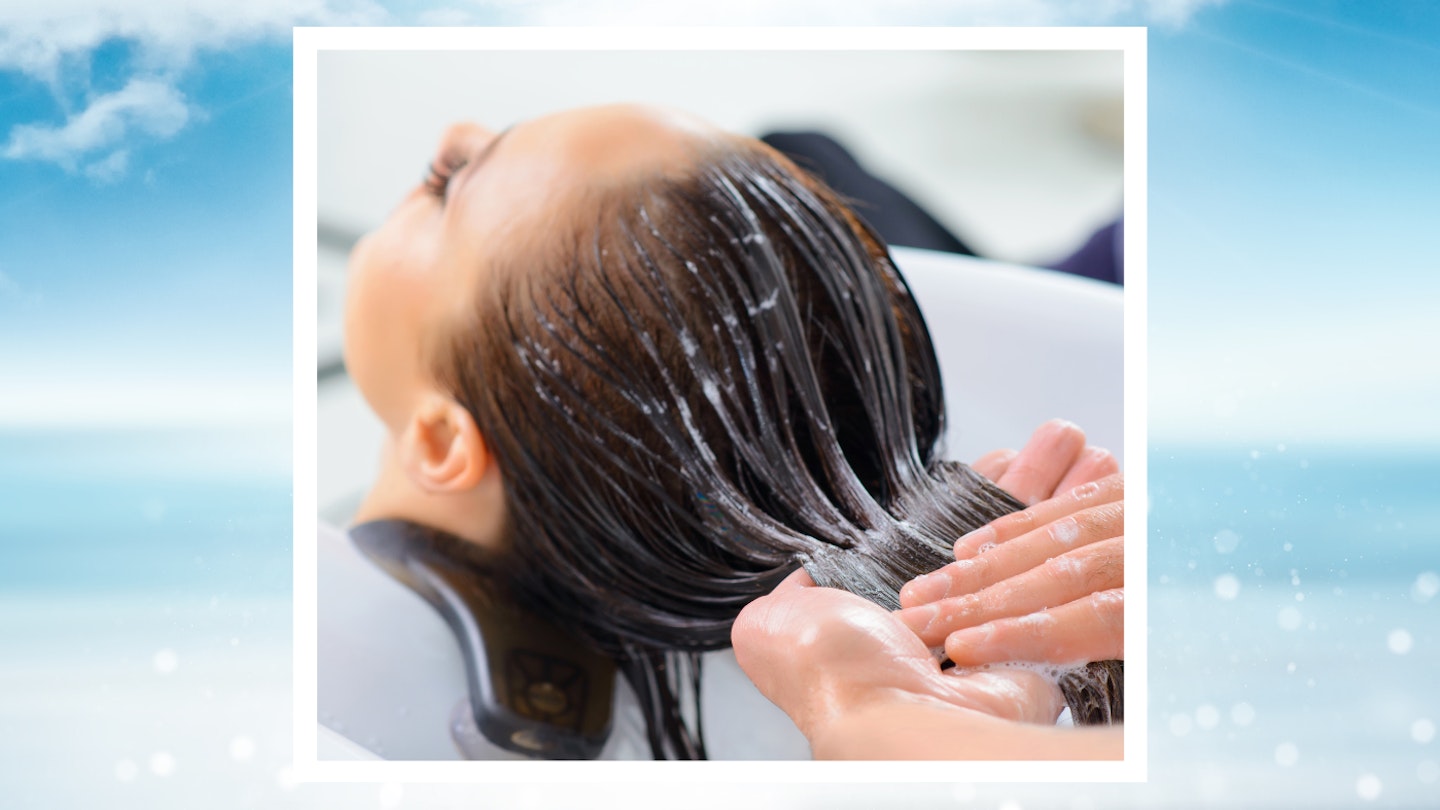We’re always looking for some new haircare tips and tricks, and hair masks are one of the easiest and most on-trend ways to care for your hair. Whether you’re after a hair mask for dry hair, a treatment to strengthen strands, a deep conditioning hair mask, or to do some damage repair, there’s a hair mask ready and waiting to give it to you. In fact, there’s a formula suited to pretty much every hair need out there.
But what exactly is the best way to apply a hair mask? After all, it can be easy to go overboard and use too much at once. No need to fret – we’ve got a step-by-step rundown for using masks the right way to reap all of the shiny hair benefits.
How often should you use a hair mask?
You don’t necessarily need to use hair masks, but they definitely won’t hurt, no matter what your hair type is. You can use a hair mask once a week or up to three times a week.
How do you know which hair mask will work best for your hair type?
Well, we’ve got you covered:
-
Damaged hair: We love the power of a coconut hair mask on damaged tresses, it’s ideal whether you have curly or straight locks.
-
Fine or thin hair: Opt for more lightweight hydrating ingredients like biotin or jojoba oil that will keep your hair looking on point without being too harsh.
-
Thick, coarse hair: A hair mask with nourishing oils like coconut and shea oil will do the trick for an extra boost of hydration.
-
Oily hair: To nourish hair without making it appear greasy, stick to masks that contain antioxidants and vitamins that help promote a healthy scalp.
-
Dry hair: Avocado oil, argan oil, and olive oil are all fab for moisturising dry, brittle hair.
-
Curly hair: Try hydrating hair masks with argan oil to seal in moisture, reduce flyaways and calm down frizz.
How to apply a hair mask:
-
Always apply the mask after shampooing. Applying shampoo beforehand will break down any build up in your locks, allowing the mask to fully penetrate and zone in on the areas that need a little extra TLC.
-
Distribute the mask as evenly as possible through your hair. Make sure you’re covering all bases with the treatment but focus in on the most damaged parts of your hair, which will usually be the ends. In order to ensure you’re spreading the product evenly through your lengths, use your fingers to comb the mask through. For even better results, use a wide-toothed comb.
-
For best results, cover with a shower cap or microfibre towel. This will generate warmth and enable the hair cuticle to open, so that it can properly absorb the good-for-you ingredients. How often you should leave the mask in is dependent on the product, you can usually find specific instructions on the label to help you with this.
-
Don’t multitask. You might think that this is the ideal time to wash the rest of your body whilst you’re letting the treatment soak in, but think again. If you’re someone who’s prone to back acne or sensitive skin on your back, this can be a fatal mistake. When you eventually wash your mask off, the product slides down your body and can lead to breakouts when the skin isn’t washed off with soap after.
-
Rinse out the treatment and condition your hair. After wearing the mask for the necessary amount of time, rinse it out in the shower. Then apply conditioner as normal to rehydrate your locks.
When you’re between masks, prolonging a bottle of your favourite treatment, or simply wanting a more minimal beauty cabinet, there are also a ton of great DIY hair mask recipes out there to save you a bit of cash. While there are a whole host of premade masks to choose from, you can easily make a homemade hair mask with ingredients from around the house, like egg, coconut oil, avocado or honey. And these at-home hair masks can help with everything from repairing damage to dryness.
To sum it up…
Hair masks have become one of the most popular ways to care for our tresses. Everyone should introduce masking into their haircare regime if they haven’t already. For just a few minutes (or more) a week, it can add so many benefits to your hair that you’ll be able to see and feel instantly.
